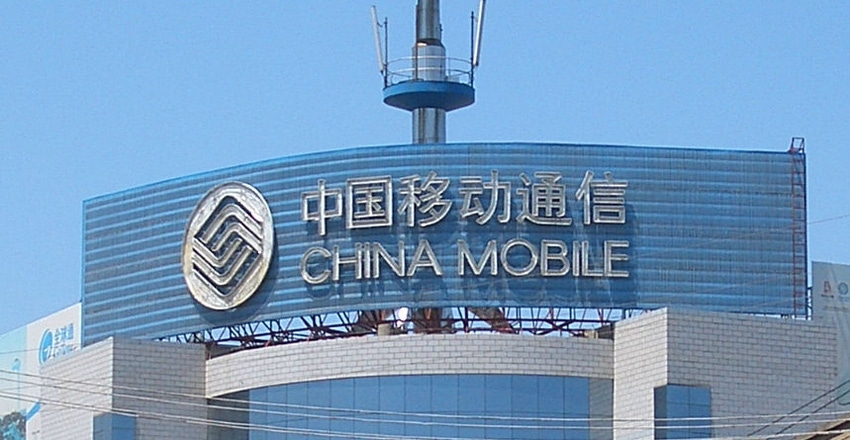China Mobile, the world’s largest mobile operator by subscribers, has just trialled 5G for business vertical use on a standalone (SA) architecture. Huawei and Baidu provided the technologies.
April 12, 2019

China Mobile, the world’s largest mobile operator by subscribers, has just trialled 5G for business vertical use on a standalone (SA) architecture. Huawei and Baidu provided the technologies.
The trial was carried out in Beijing, China, and the use case was a corporate video conference. It used 8K cameras to capture live video, which was then sent to the 5G SA core network through China Mobile’s 5G gNodeBs base stations. The data was then processed (encoded and decoded) by Baidu servers on the same network, then sent to the conference room for the 8K live video broadcast.
The trial was using the technology called “5G Vertical LAN” defined in 3GPP R16, which in essence is an insulated “slice” of the mobile network dedicated to a single business user, i.e. becoming a private cloud for an enterprise. The enterprise cloud can be provided by the mobile operator, or the enterprise can choose to provide its own customized 5G vertical LAN. This cloudified enterprise environment “enables terminals to directly communicate with each other, and allows them to access enterprise clouds” without going through the public cloud, therefore increasing the communication security.
However, to realise such a virtual enterprise setup it needs the 5G network to be in SA mode, because insulating and managing the virtual network is all done with software and hard to implement on non-standalone (NSA) mode. This China Mobile trial was conducted on such an SA architecture.
Huawei did not disclose details of the distance between the two ends, or the latency. The company put up a live video demonstration in the last Mobile World Congress in Barcelona. In that case the distance between the video capturing point and the broadcasting point was about 2km, and the latency was 11ms. But that trial was carried over Vodafone’s hybrid network.
This is not the only network slicing trial Huawei has carried out recently. The day before, the company worked with China Telecom, the world’s largest integrated operator, and China’s State Grid, to carry out a network slicing trial to manage a live power grid. China Telecom has been vocal in promoting 5G for other vertical industries.
The commercial 5G networks launched so far, in the US and in Korea, are all on NSA architecture, which limits the use cases to primarily enhanced mobile broadband access, therefore are mainly consumer focused. When Colin Wilcock, chairman of the European Union-backed 5G Industry Association (5G-IA), dismissed the 5G leadership of North America and Korea as not real 5G but beefed up LTE, though not entirely devoid of sourgraping, he got a point. Speaking at the Smart to Future Cities conference recently, he stressed that “the 5G we (Europe) need has to support the other vertical industries”, though also he conceded it is not going to happen now, but will be deployed in two to five years’ time, reported by Compelo.
About the Author(s)
You May Also Like








.png?width=300&auto=webp&quality=80&disable=upscale)


_1.jpg?width=300&auto=webp&quality=80&disable=upscale)


.png?width=800&auto=webp&quality=80&disable=upscale)